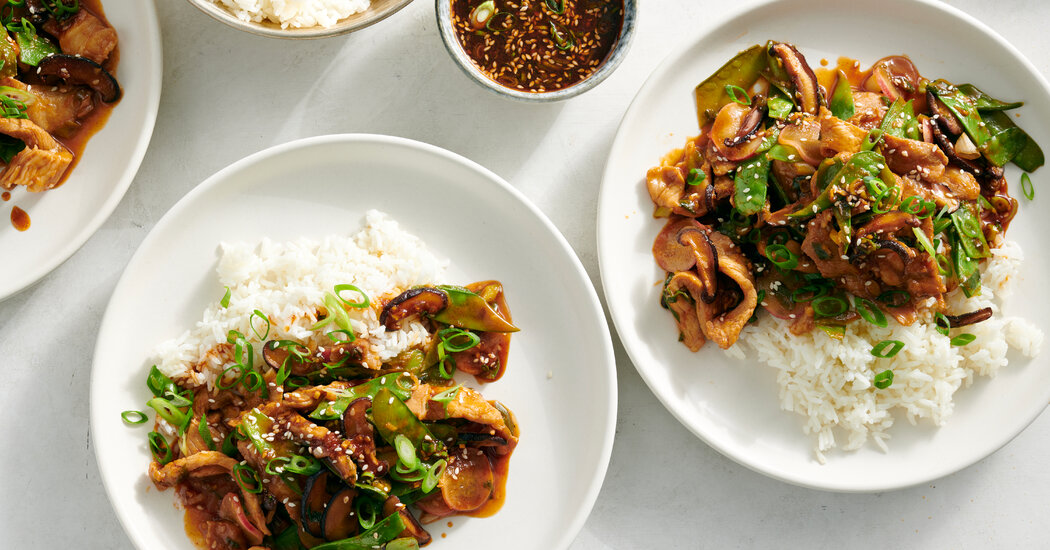
Just as there is no one right way to simmer up a marinara sauce, nor a single “correct” apple pie, there are myriad recipes for making bulgogi.
A classic Korean dish of beef marinated in some combination of soy sauce, sugar, garlic and ginger, the meat is then grilled until the sauce caramelizes and condenses, turning salty and sweet, zingy and umami-rich. It’s those heady flavors mixed with the char that give the dish its deep appeal, making it one of the most beloved preparations of Korean cuisine — and one of the most adaptable.
As my colleague Eric Kim put it a few years ago in a fascinating deep dive, versatility is one of bulgogi’s virtues.
“If you grew up in a Korean household,” he wrote, “then the dish wasn’t just occasional barbecue; it was dinner on the regular, a quick pan-fry on the stovetop.”
This weeknight recipe embodies that easygoing spirit. Its foundation is the marinade, which can be quickly whisked together with pantry staples. (If your pantry doesn’t already include gochujang, the Korean fermented soybean and chile paste, you can rectify that by buying some at an Asian market, at a large supermarket or online.) Here, I’ve paired the marinade with thinly sliced pork (as you’d find in a traditional jeyuk bokkeum, but with less chile) and loads of vegetables. But think of this recipe as the kind of template that you can — and should — make your own.
Substitute other proteins, such as chicken, turkey, tofu or, more traditionally, beef, for the pork. Any quick-cooking vegetables — broccoli, asparagus, hakurei turnips, green beans, bell peppers and zucchini — will all work in place of the sugar snap peas and radishes, depending on the season. But if you like mushrooms, it’s worth keeping them in the mix for their earthy, meaty character.
In grilled bulgogi recipes, the char is essential — in fact, the term bulgogi means “fire meat” — yet, in this stovetop version, the pork might not even brown. Instead, the goal here is to sear the meat long enough to cook it through, while the sauce thickens and intensifies. Just take care not to overcook the pork, so it doesn’t toughen, and the flavor remains deep and wonderful.
To serve, spoon the heady mixture over rice, or fold it into lettuce leaves — or do both. There are so many great options when it comes to bulgogi.



